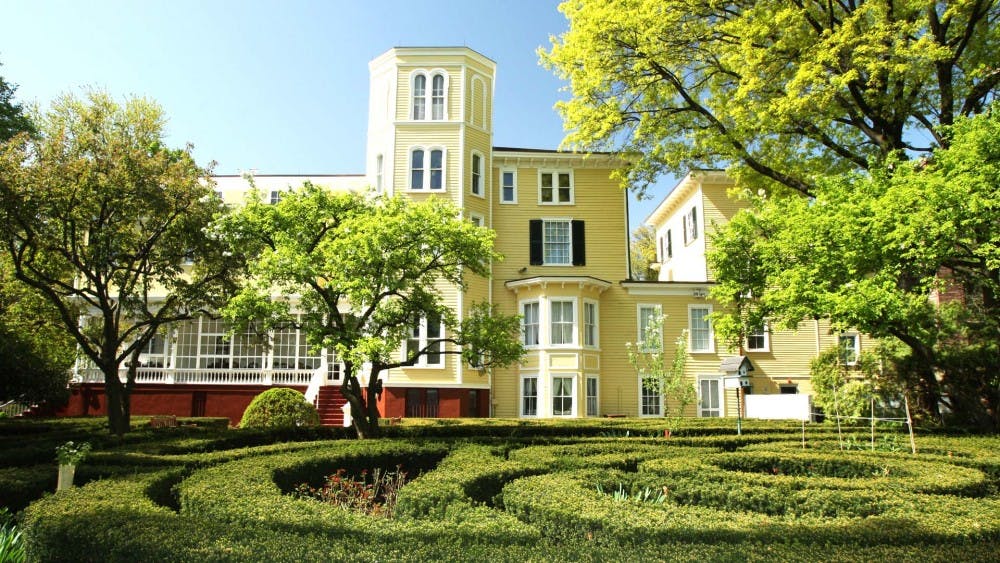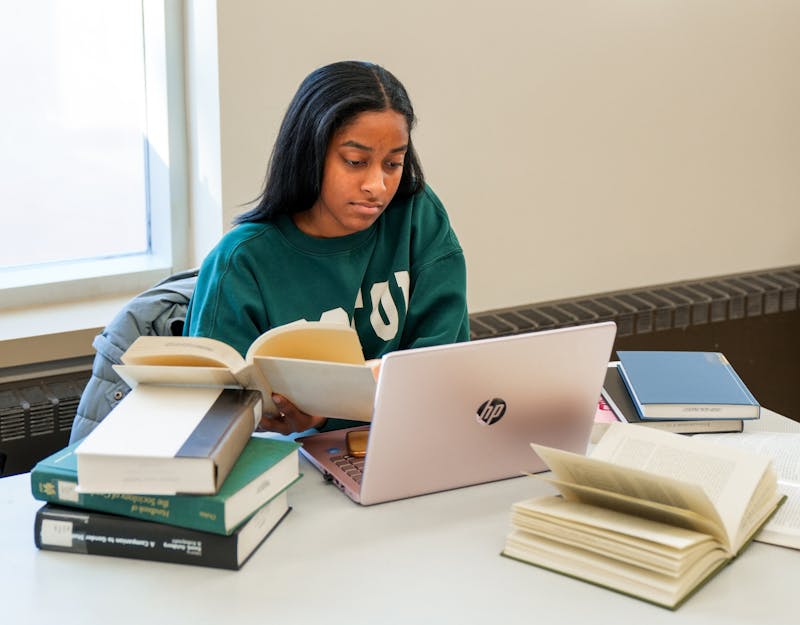Students may know about the yellow house across the street from the main campus of Kean University. That house is not just any ordinary house.
It is known to the public as Liberty Hall, a house with history that dates back to the late 1700s when New Jersey's first governor, William Livingston, built the country-styled home on the 120-acres it sits on today. Although it may not seem like it, Liberty Hall and Kean University have some history that dates back that far.
Liberty Hall, at first, "was built as a 14 room Georgian style house by Governor William Livingston in the 1770s and over the past 200 years the house has grown to be the 50 room Victorian Italianate Mansion that stands today," commented Lacey Bongard, the coordinator of museum programs at Liberty Hall. "Over the past 200 years different members of the Kean family have left their mark on the house. It never grew at one time; sections were added when someone in the family felt they needed more room."
Eventually the house was given modern amenities like plumbing and electricity. Liberty Hall became the house it is today when the last addition to the building was completed in the 1950s.

In 1798, when Governor Livingston had passed, the house was sold out of the Livingston Family and a member of the Kean family--Peter Philip James Kean--purchased the house in 1811. He brought it in trust of his mother Susan Livingston Kean Niemcewicz (the niece of Governor Livingston) since women back in 1811 were unable to purchase property. Since then, generations of the Kean family lived in Liberty Hall.
The last matriarch of the Kean family to live in the historic house was Mary Alice Barney Kean.
"The idea of turning the Kean family home into a museum came from Mary," said Bongard. Mary thought of the idea during the bicentennial in 1976. "The idea would take a long time to develop and it was not until after her death in 1995 that her three children May, John and Stewart took her dream and made it reality."

In 2007, Kean University obtained Liberty Hall when Kean University and John Kean--the last member of the Kean family to inherit the house--reached an agreement where the university is responsible of the maintenance of the house.
Kean University has over 160 years of history. Opening in 1855 in Newark, N.J. as Newark Normal School, it was then opened as a college meant to help improve the skills of teachers. In 1913, the name of the school was changed to New Jersey State Normal School when the state took control of the college. The name was changed again to New Jersey State Teachers College in 1937 and stayed in Newark up until 1958 before it moved to where it is located now in Union, N.J. A year later, the name changed to Newark State.
"Newark State decided to change its name to Kean College in 1973," comments Bongard, "the college felt that it was time to change its name because it had not been located in Newark since 1953 and it needed a name that reflected that."
In 1997 the name changed once again to what it is known as today, Kean University.

Liberty Hall Museum is a museum students are encouraged to go and tour. A tour of Liberty Hall Museum is at no cost for students with a valid Kean University student I.D. Tours are available 10 a.m. to 3 p.m. Tuesday through Saturday, with the last tour starting at 3 p.m. Take advantage of learning about the history of New Jersey through this historic house.
As Bongard said, "there is no other museum in New Jersey that can showcase the entire history of the state in one place like Liberty Hall can."
For more information on touring the museum or about Liberty Hall itself, visit the website or contact the museum by phone at 908-527-0400 or email at libertyhall@kean.edu.
The museum hours are 9 a.m. to 5 p.m. Monday through Friday.






